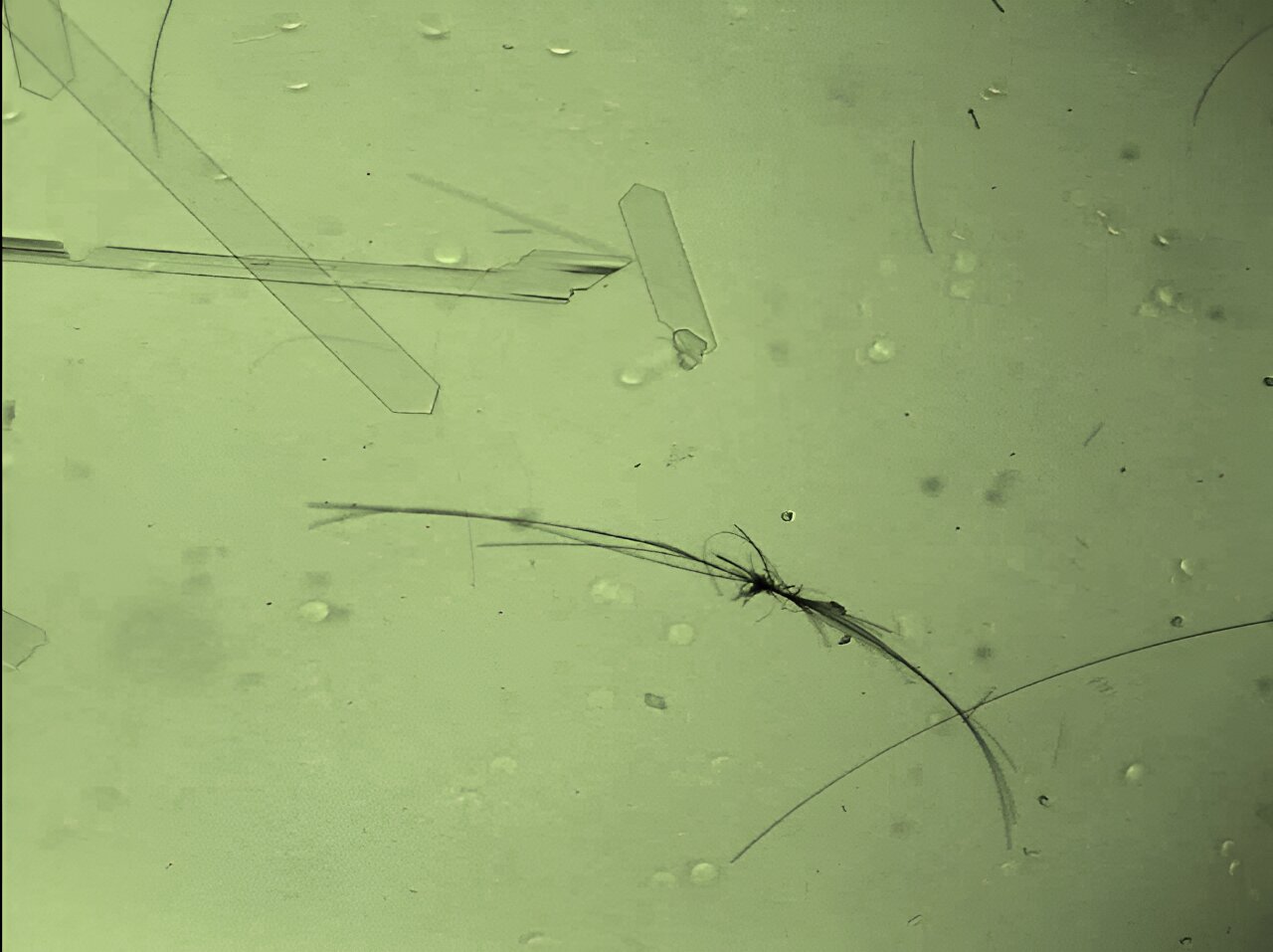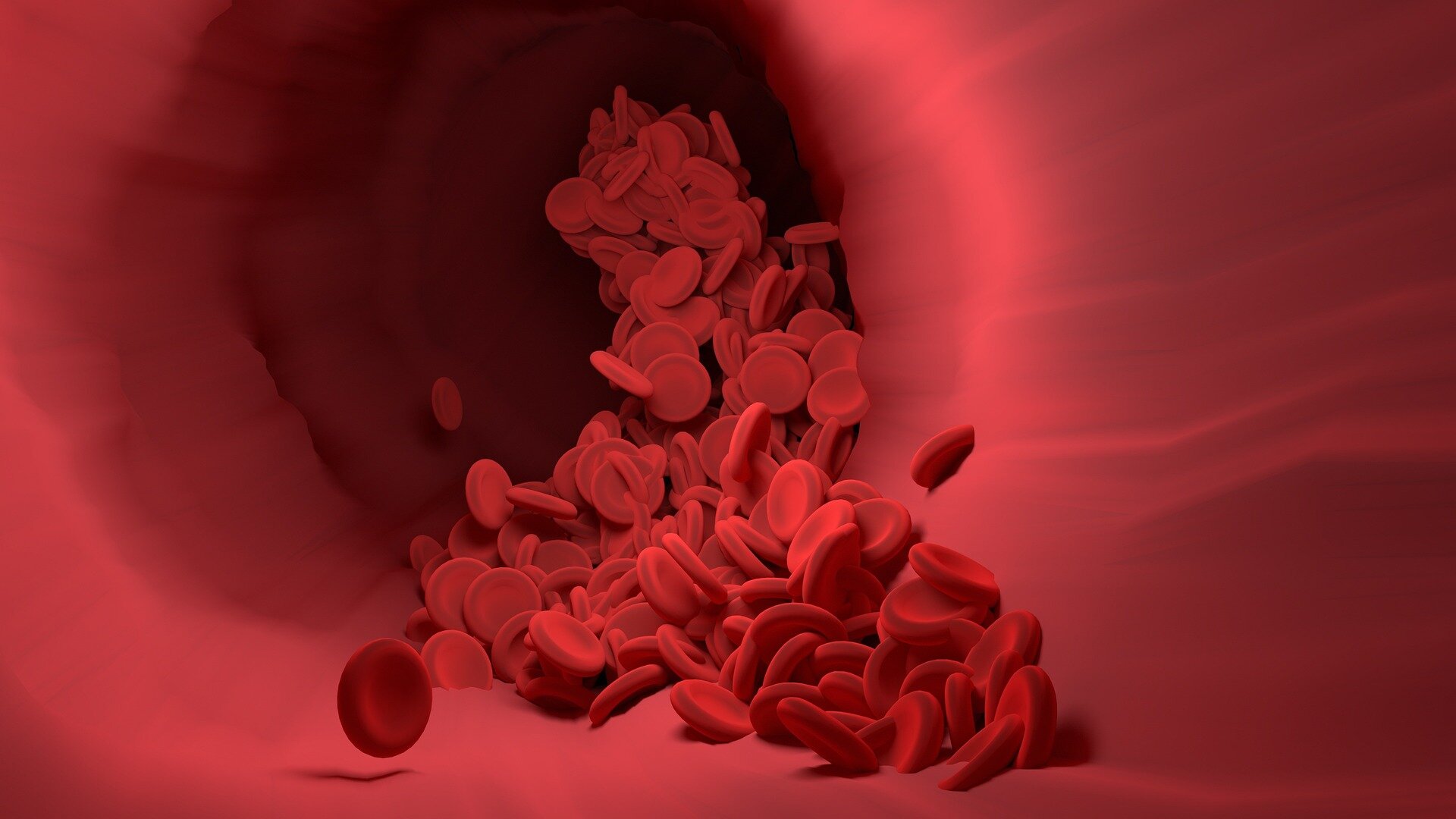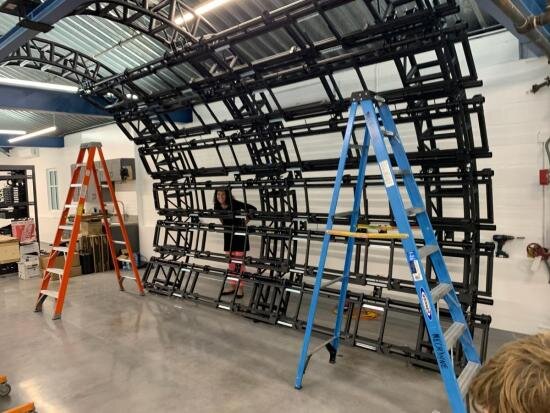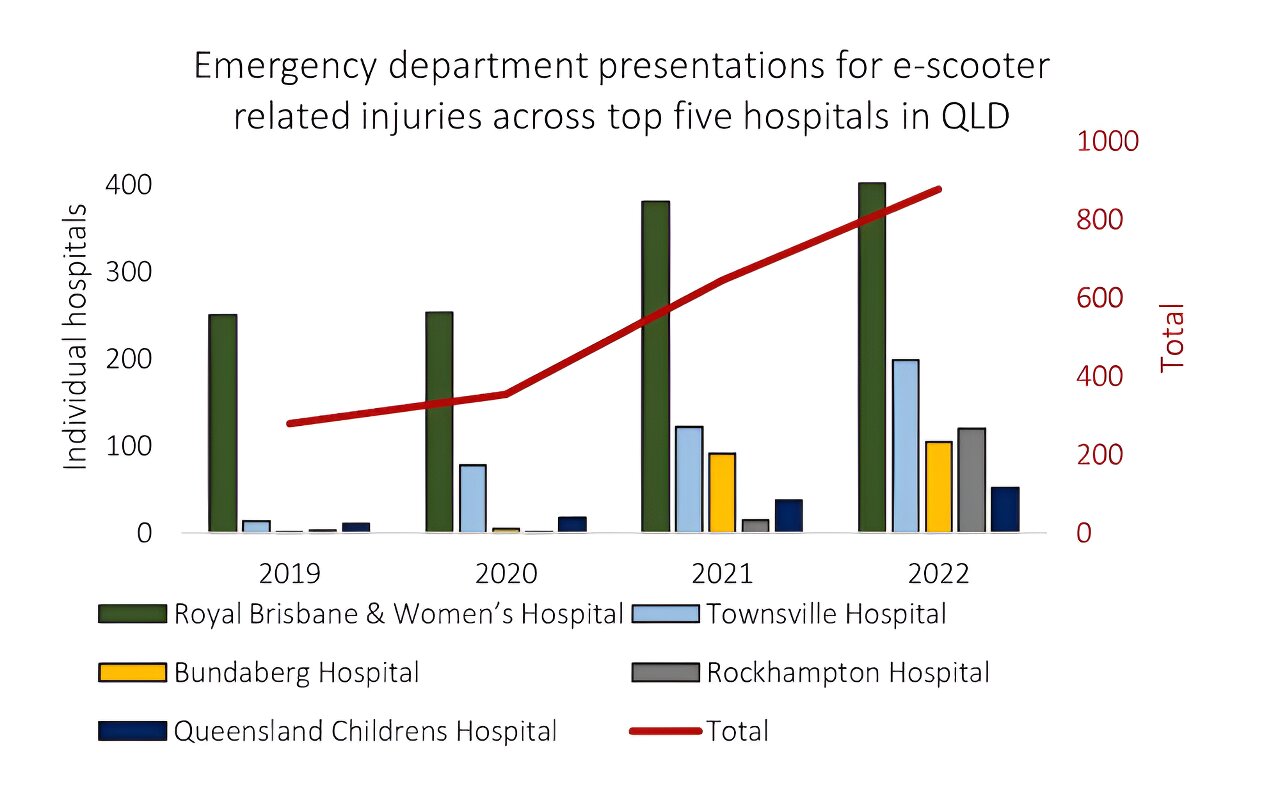#Mathematicians develop new classes of stellar dynamics systems solutions
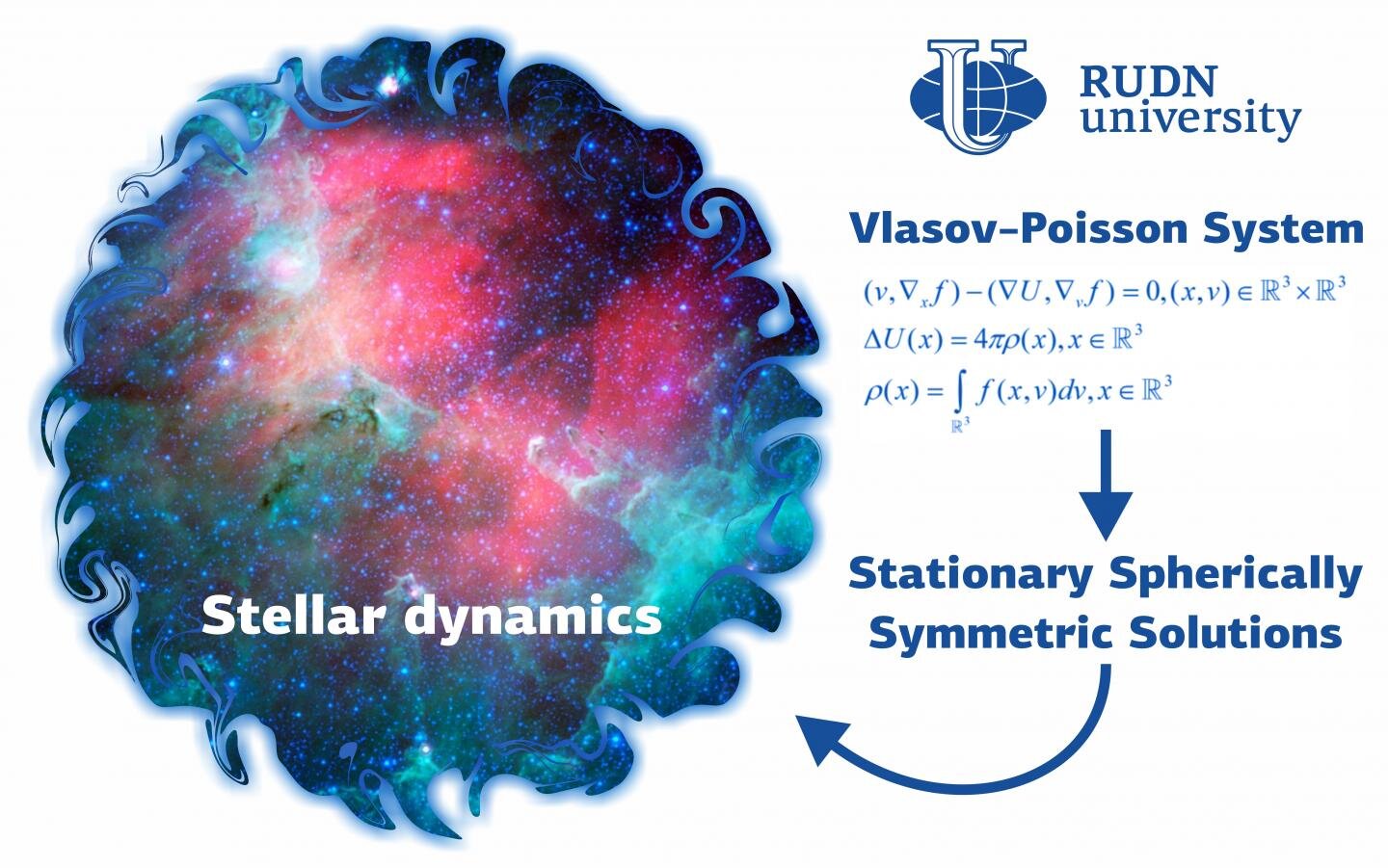
“#Mathematicians develop new classes of stellar dynamics systems solutions”

The Vlasov-Poisson equations describe many important physical phenomena such as the distribution of gravitating particles in interstellar space, high-temperature plasma kinetics, and the Landau damping effect. A joint team of scientists from the Mathematical Institute of RUDN University and the Mathematical Institute of the University of Munich suggested a new method to obtain stationary solutions for a system of Vlasov-Poisson equations in a three-dimensional case. The obtained solutions describe the phenomena of stellar dynamics. The results of the study were published in the Doklady Mathematics journal.
Modern-day physics distinguishes between four main types of interactions. Elementary particle physics covers strong and weak interactions, electromagnetism is studied by electrodynamics, and systems with gravitational interaction fall into the scope of a special branch of physics called gravidynamics. On the space scale, gravitational fields play a key role. One domain of study within gravidynamics is called stellar dynamics.
“We have considered a three-dimensional stationary system of the Vlasov-Poisson equations concerning the distribution function of gravitating matter, local density, and Newtonian potential, and developed a new method for obtaining spherically symmetric stationary solutions. This was the result of our fruitful collaboration with renowned German scientists J. Batt and E. Joern,” said Alexander Skubachevskii, a D Sc in Physics and Mathematics, and the Head of the Nikolskii Mathematical Institute of RUDN University.
The movement and interaction of multiple particles in gravitational, electric, and electromagnetic fields are described using the equations that were developed by the eminent Soviet physicist Anatoly Vlasov. They model the dynamics and stationary distribution of a system of particles in view of the influence of a self-consistent field. The Vlasov-Poisson equation for a system of gravitating particles consists of the Poisson equation covering the gravitational potential and the Vlasov equation covering the function of density distribution in interconnected particles. Vlasov’s model was initially supposed to describe electron gas dynamics. The model views processes in plasma not as a series of collisions between individual particles but as a simplified system in which particles interact through a field, and the field, in turn, correlates with the particle density distribution function. Therefore, the Vlasov equations are sometimes called equations with a self-consistent field. Together with his German colleagues, the mathematician from RUDN University established the theorem of expandability, i.e. demonstrated how the local density function should look like in order for it to be supplemented to a stationary spherically symmetric solution of the Vlasov-Poisson system.
Next step in simulating the universe
J. Batt et al, Stationary Spherically Symmetric Solutions of the Vlasov–Poisson System in the Three-Dimensional Case, Doklady Mathematics (2020). DOI: 10.1134/S1064562420040237
Citation:
Mathematicians develop new classes of stellar dynamics systems solutions (2021, February 5)
retrieved 5 February 2021
from https://phys.org/news/2021-02-mathematicians-classes-stellar-dynamics-solutions.html
This document is subject to copyright. Apart from any fair dealing for the purpose of private study or research, no
part may be reproduced without the written permission. The content is provided for information purposes only.
If you liked the article, do not forget to share it with your friends. Follow us on Google News too, click on the star and choose us from your favorites.
For forums sites go to Forum.BuradaBiliyorum.Com
If you want to read more Like this articles, you can visit our Science category.
